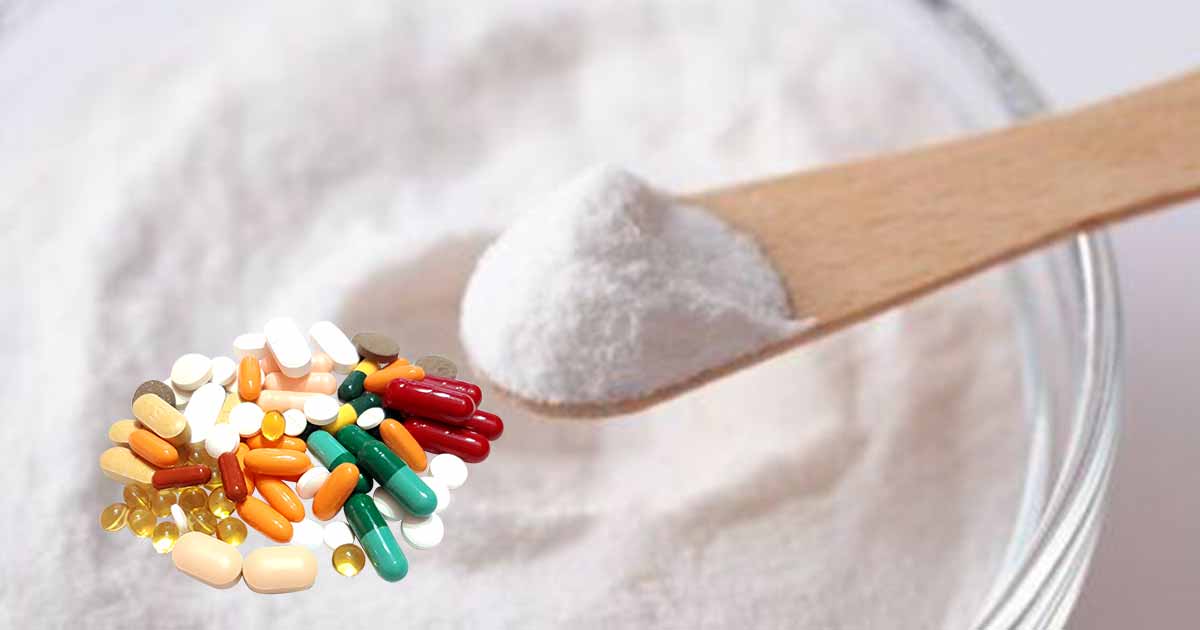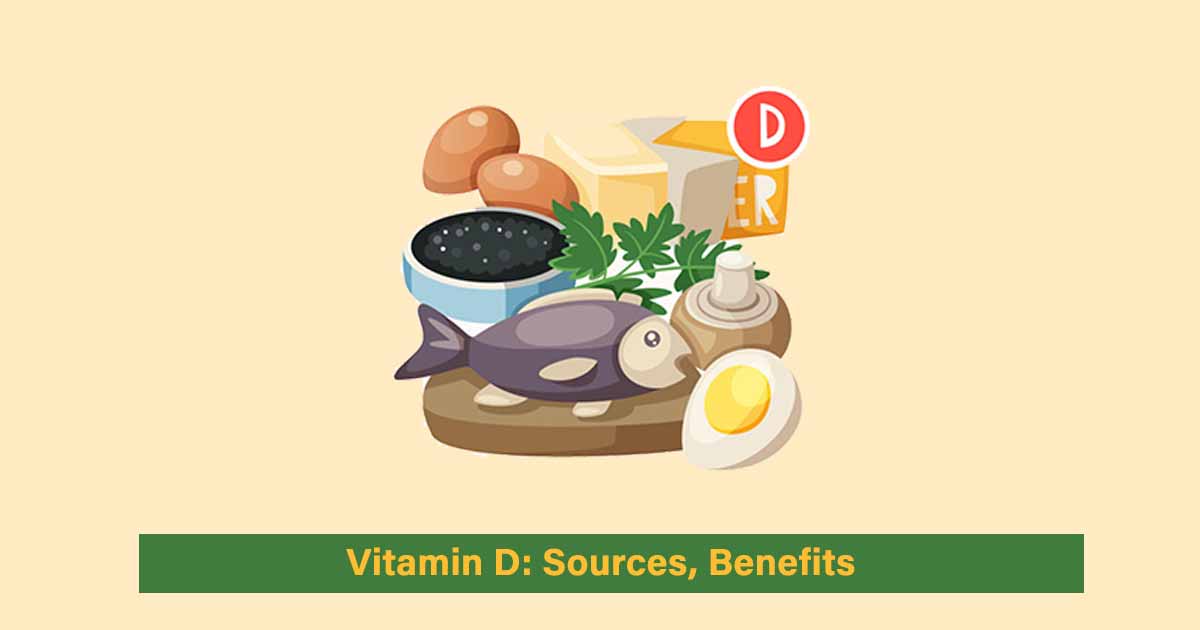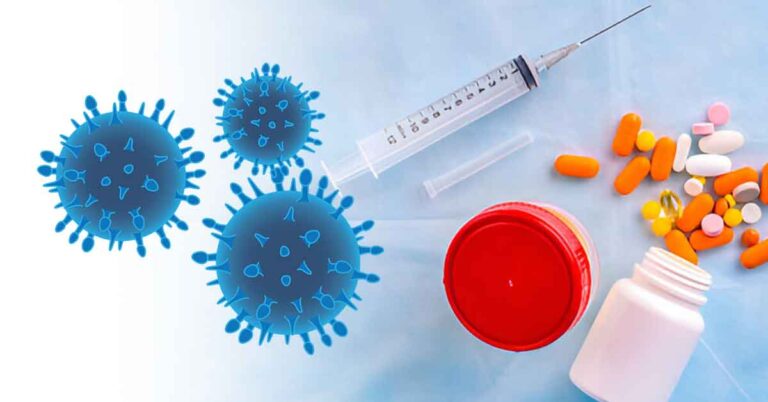Vitamin A is an organic compound. It is a fat-soluble vitamin, alongside vitamin D, E, K and have animal or plant source. All vitamin A compounds share the same structure (unsaturated isoprenoid chain structure) and function in the body, and are largely classified as retinoids. This vitamin easily accumulates in the body, especially in the liver and adipose tissue. The absorption is increased if consumed with fatty meal. Zinc also helps its absorption.
Because it is stored in several organs of the body, such as adipose tissue, interstitial cells, lungs, kidney, testes, adrenal glands, it is removed slowly from the body. The deficiency is rare even after months of low intake.
The vitamin A got from animal sources is called preformed vitamin A or retinol, while the vitamin A from fruit or vegetable is provitamin A (carotenoid). Retinol is the most dominant form of retinoid in the body, but oxidized retinoids are the most active forms in the body.
There are now four generations of retinoids. The first generation is obtained from diet, but the 2nd, 3rd and 4th generation are synthetic derivative based on the retinoid structure.
Caroteinoids
These yellow to orange-colored pigments are strong antioxidants. They are found in fruits and vegetables, and have good links to vitamin A. Some carotenoids can be metabolised in the body to retinol. Some important carotenoids are lutein, lycopene, β-carotene, α-carotene, cryptoxanthin.
Sources of Vitamin A
The human body cannot make vitamin A but has to obtain it from diet as either:
- Preformed vitamin A or
- Provitamin A carotenoid.
Preformed vitamin A
Another important source of the vitamin. The preformed vitamin A is from animal sources such as milk, dairy products, meat, then egg and its products, fish. Livers of poultry, livestock and sharks also have a good content of vitamin A.
The higher the fat content in the milk, the higher the retinol value.
Provitamin A carotenoids
Out of over 50 provitamin A carotenoid, only α-carotene, β-carotene and β-cryptoxanthin are in sufficient quantity in the diet. The level of carotenoids in the plant can be determined by the color of the flesh of the fruit. Other factors are planting condition, harvesting and storage. Carotenoids are more abundant in fully ripe fruit.
Drying method before storage can affect the levels of carotenoids in the plant. Sun drying is not favorable, as well as frying. Heat treatment such as tray drying at high temperatures, bleaching, cooking may be better.
β-carotene
This is the most abundant vitamin A in the diet. It is obtained from red, orange vegetables, fruits, and green vegetables. Purified β-carotene is more bioavailable to the body than β-carotene from fruits and vegetables.
Important sources of β-carotene are:
- Orange red vegetables: carrot, tomatoes, pumpkin, red pepper, cantaloupe, sweet potatoes, chili pepper, winter squash.
- Green vegetables: amaranth, kale, drumstick, onion leaf, dandelion, broccoli, spinach, lettuce, coriander.
- Fruits: Mango, dates, apricot, papaya, guava, red grapefruit.
- Medicinal herbs: Basil, rose hips, marigold flowers.
- Oil: red palm oil, spirulina, sea buckthorn oil.
Microorganisms such as yeast, mold, algae, cyanobacteria, bacteria also produce β-carotene and other carotenoids. The alga, Dunaliella salina (Dunal) is a major commercial source, as well as the mold, Blakeslea trispora.
β-cryptoxanthin
β-cryptoxanthin is found in mostly:
- Citrus fruits: oranges, satsuma mandarins, tangerines, clementines, mineolas.
- Fruits: papaya, mango, apricot, loquat, persimmons.
- Orange red vegetables: chili peppers and red peppers.
It can occur in free form or esterified with fatty acids such as palmitic, myristic, lauric acid.
Green algae and bacteria also produce β-cryptoxanthin.
Important Sources of Vitamin A and Quantity
| Food | Quantity |
| Beef liver | 9,098 mcg (30,326 IU) |
| Chicken liver | 4,176 mcg (13,920 IU) |
| Whole milk, 1 cup | 92 mcg (306 IU) |
| Whole egg, medium | 84 mcg (280 IU) |
| Margarine, 1 tbsp | 151 mcg (504 IU) |
| Fruits and vegetables | No vitamin A but contains carotenoids that can be converted to the vitamin in the body. |
Formulations
There are other routes of administration of vitamin A, such as oral and intramuscular routes. Isotretinoin is a first-generation retinoid and is used orally. Other oral options are etretinate and acitretin, two second-generation retinoids.
Major Benefits of Vitamin A in the Body
ATRA (all-trans retinoic acid, or tretinoin, retinoic acid, or vitamin A acid) is the most biologically active form of vitamin A. Other metabolites of the vitamin, 9-cis-retinoic acid and 13-cis-retinol are active.
1. Vision
Retina is the part of the eyes responsible for vision. It has both cones and rods (cones are for high light intensity or color vision while rods are for low light vision). A derivative of vitamin A found in the rods, 11-cis-retinal plays a role in vision. This 11-cis-retinal is associated with rhodopsin, a G-protein-coupled receptor that plays a major role in light perception.
Deficiency in retinol cause low light vision impairment because of a deficiency in rhodopsin formation. It may lead to night blindness.
2. Cancer
Though some studies seem to suggest that retinoids promote cancer, in vitro studies suggest they may protect against some forms of cancers. Retinol may regulate cell growth.
ATRA, the active retinoid form, is used to treat acute promyelocytic leukemia. It also stops the growth of lymphoma, lung, ovarian, and liver tumors.
β-carotene role in cancer is some sort of controversy. Though a known antioxidant, studies contradict any beneficial effect on cancer. Other studies report that carotenoids prevent reactive oxygen species generation, induce cell death in cancer cells.
3. Gene regulation
The active form of the vitamin interacts with nuclear receptors and plays a major role in different physiological functions such as cellular differentiation, tissue development, tissue regeneration, and cellular apoptosis. It also helps in gene regulation by regulating non-coding RNA.
4. Antioxidant
Most of the vitamin compounds, especially β-carotene, are powerful antioxidants. They prevent free radicals that cause diseases such as diabetes mellitus and cardiovascular diseases.
5. Immunity
Vitamin A plays a huge role in the adaptive immune system. It is a cofactor in the differentiation of regulatory T cells and regulates other inflammatory mediators. Deficiency of the vitamin reduce the immune system response to diseases such as measles and parasitic infections.
6. Measles
Retinol supplementation is used in treating measles, a condition where the body requirement of the vitamin is increased.
7. Skin Diseases
Retinol is also a good option in treating skin diseases such as psoriasis, seborrhea, acne, photodamage, and ichthyosis. Topical ATRA formulation is used for acne. Isotretinoin is a preferred option in acne due to the perceived topical bactericidal effect. It also reduces inflammation and remodels the sebaceous gland.
Acitretin is good at treating psoriasis and lupus due to the anti-inflammatory effects.
8. Cosmetics
Carotenoids and retinyl palmitate are found in many cosmetic products. Carotenoids moisturize and protect the skin from UV light acting as sunscreen. This may be because of the antioxidant property.
9. Age-related macular degeneration (AMD)
AMD is a painless eye condition that is one of the leading cause of blindness in individuals 50 years and above. It distorts vision. Studies suggest oxidative stress might cause AMD. Smoker and individuals with poor vegetable and fruits diets are prone to this condition.
AMD damages the retina. However, two carotenoids – Lutein and zeaxanthin, vitamin C, E has antioxidant protective effect on the retina, and slow down the progression of AMD.
10. Bone Formation
Retinoic acid, which the body produces from vitamin A, may hinder osteoblasts, but promote osteoclasts. Osteoblasts form new bones, while osteoclasts resorp and help the removal of old bones. According to some studies, excessive consumption of the vitamin A may cause bone fracture.
Dosage of Vitamin A
The intake of vitamin A depends on the age of the person, and is expressed as retinol activity equivalent (RAE). One RAE equals 1 µg of retinol, 12 µg of β-carotene, and 24 µg of α-carotene or β-cryptoxanthin. The recommended daily intake of vitamin A is as follows:
- Infants and children – 400–500 mcg RAE
- Adult male, 19 years and above – 900 RAE mcg (equivalent to 3,000 IU)
- Women – 700 mcg RAE (equivalent to 2,333 IU)
- Lactating mother – 1,200 to 1,300 mcg RAE
Overdose and Side Effects of Vitamin A
Women 19 years above, whether breastfeeding or pregnant, should not get above 3,000 mcg RAE of vitamin A in a day, while ladies within 14 to 18 years should not get above 2,800 mcg daily.
Vitamin A levels above 3000 mcg are considered toxic and may cause liver damage, brain swelling, and fetal damage in pregnant women.
Hypervitaminosis occurs when occur when the blood concentration of retinol in the plasma is higher than 2.09 µM. It may result from a high intake of supplement, food rich in the vitamin such as liver, egg.
Chronic toxicity occurs from an intake of 10 mg/day for an adult, or 7.5–15 mg/day in children over a prolonged period. But acute toxicity can result from an intake of 500 mg/day in adults, 100 mg/day in children, or 30 mg/day in infants.
Mild adverse effects of vitamin A supplementation are nausea, vomiting, loose stool, fever, irritability. They are reversible after discontinuing the intake.
Acute poisoning from the high intake of vitamin A can cause symptoms such as nausea, vomiting, irritability, headaches, loss of appetite, blurry vision, hair loss, muscle pain, papilledema,
hemorrhage, weakness, drowsiness, and altered mental status.
Other side effects are intracranial hypertension, hypertriglyceridemia, dry skin, reduced sebum secretion, skin redness and peeling, dryness of the eyes.
Retinoid is teratogenic and may cause CNS, craniofacial, thymic, and cardiac abnormalities in the foetus. Women on retinoid therapy should avoid pregnancy for a long time. After isotretinoin treatment, two years’ wait is required before pregnancy.
Carotenoids are safer, with toxicity incidence rare. High consumption may cause carotenemia, a yellow or orange coloration of the skin.
Pregnancy
Retinol concentration is low in the first trimester but increases to normal levels before delivery. The mother provides vitamin A (retinol and retinyl esters) to the foetus through the placenta barrier. In the first trimester, the mother can transfer plasma retinol binding protein, after which the foetus can make their own.
Though the placenta can protect the foetus from excessive vitamin A, studies suggest high vitamin A intake by mothers can have a teratogenic effect on the foetus.
Vitamin A Deficiency
The most common effect of vitamin A deficiency is impaired vision, progressively leading to total night blindness (Nyctalopia). The deficiency is diagnosed when retinol plasma levels decrease below 0.52 µM, or liver concentrations are lower than 5–20 µg/g. Xerophthalmia, a severe dryness of the eyes can occur, as well as irregular patches on the white of the eyes.
This deficiency has other effects on the respiratory system, exposing the tissues to infection. Weight loss can occur, too. In the skin, it can cause drying of the epidermis.
Spermatogenesis may be impaired, and the testes can degenerate. Taste and smell function may also be impaired.
Vitamin A interferes with iron metabolism in the body. This impact is important in pregnant women and children, and the lack of the vitamin may cause anemia.
In conclusion, deficiency of vitamin A may lead to blindness, respiratory infection, reduced immunity, problems with bone formation, reproductive system defects, and illness.
Vitamin A Interactions
Vitamin A and alcohol
Alcohol inhibits vitamin A metabolism as evidenced by reduced retinol level in alcoholic liver disease.
Oestrogen and oral contraceptives
Medications such as oestrogen and oral contraceptives increase retinol-binding proteins (RBP) which leads to an increase in blood retinoid levels.
Sources:
- https://www.mdpi.com/2072-6643/13/5/1703/pdf
- https://www.health.harvard.edu/newsletter_article/vitamin-a-and-your-bones
- https://www.nutri-facts.org/content/dam/nutrifacts/pdf/Nutrients-pdf/Vitamin-A-v2.pdf












